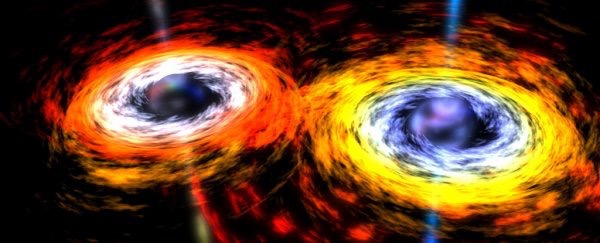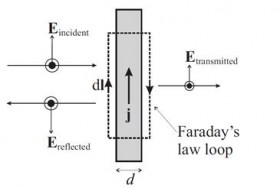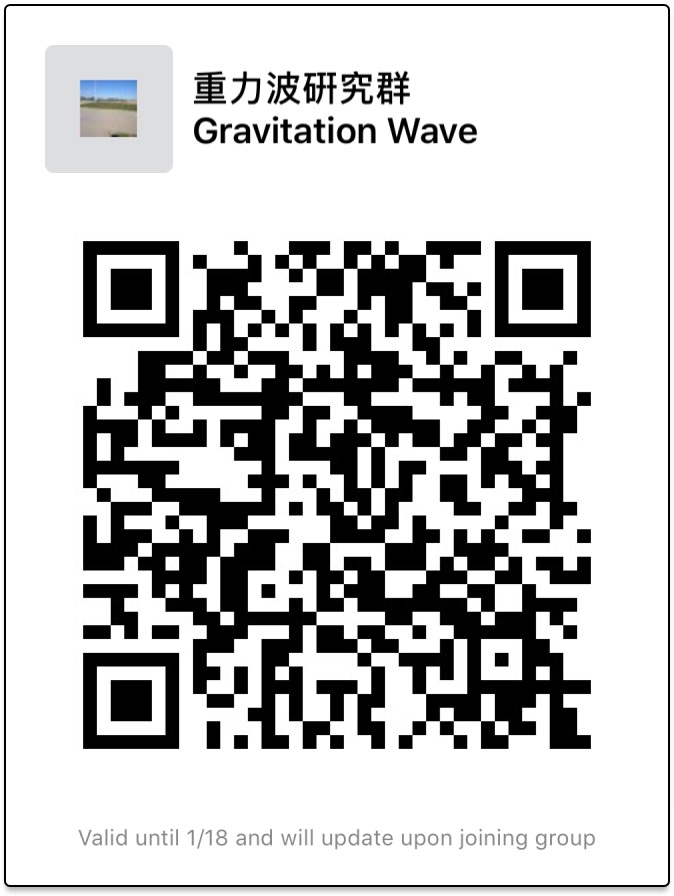人類的夢想— 反重力之夢
US Choral Society-104255 01/13 6165
自從重力波於2016年二月被 LIGO 証實存在, 人類克服重力的夢想又向前邁進大步. 而反射重力波的機制及物質, 將引發科技界的興趣與探索.
1, LIGO 證實重力波存在‘
2. 反重力波的機制與物質, 也有理論及實驗在進行.
If superconducting sheets reflected gravitational waves...
…wouldn’t our most sensitive experiments have spotted this by now? Maybe they have
In the couple of weeks since he introduced the idea that superconducting sheets can reflect gravity waves, Raymond Chiao from the University of California, Merced, has been busy with a couple of buddies working out how big this effect is.
 https://cdn.technologyreview.com/i/legacy/gravitational_wave_mirror.jpg?sw=560 2x" style="outline: 0px; font-size: 16px; vertical-align: middle; background-color: transparent; line-height: 0; display: block; width: 355px; -webkit-touch-callout: none; -webkit-user-select: none;">
https://cdn.technologyreview.com/i/legacy/gravitational_wave_mirror.jpg?sw=560 2x" style="outline: 0px; font-size: 16px; vertical-align: middle; background-color: transparent; line-height: 0; display: block; width: 355px; -webkit-touch-callout: none; -webkit-user-select: none;">Let’s review the idea. Chiao’s claim is that gravity has a fundamentally different affect on localised particles compared to delocalised ones and that a type 1 superconductor contains both: ordinary ions and electrons that make up the ionic lattice of the superconductor and the superconducting Cooper pairs of electrons which are entirely delocalised.
The ions and electrons can be thought of as “freely floating, non-interacting “dust particles” undergoing free-fall motion along well defined trajectories (i.e., geodesics),” he says.
Whereas the position of Cooper pairs is entirely uncertain and so cannot be influenced by gravity in the same way. When a superconductor is struck by a gravitational wave, “this causes the Cooper pairs to undergo non-geodesic motion relative to the geodesic motion of its ionic lattice,” says Chiao.
In other words, the gravitational waves give the ionic lattice a good shaking but leave the Cooper pairs untouched.
This separationof charge causes the superconductor to become electrically polarised, generating a restoring force known as the Coulomb force. Chiao and co describe it like this: “The enormous back-action of the Coulomb force on the motion of the Cooper pairs, greatly enhances the mass supercurrents generated by the wave, so that they become strong enough to produce reflection.”
Chiao and co ask how big is this effect of a gravitational wave on a thin superconducting sheet compared to the effect on an ordinary conducting sheet. The answer? 42 orders of magnitude bigger.
Yep, 42 orders of magnitude.
That has all kinds of implications. The title of Chiao’s last paper on this topic was : “Do Mirrors for Gravitational Waves Exist?” He and his mates now feel able to answer this question with the following statement:
“We therefore conclude that laboratory-scale superconducting mirrors for gravitational microwaves exist.”
That’s a tantalising quote but what are they hinting at?
One experiment springs to mind that might be capable of seeing this effect. Gravity Probe B is a space-based experiment designed to spot the geodetic effect and frame dragging, two tiny forces predicted by general relativity.
The experiment consists of four perfectly round spheres, each about the the size of a baseball, that spin rapidly and so behave like gyroscopes. Each sphere has a thin superconducting coating which allows its spin and any changes to it to be measured precisely.
If there were an obvious interaction between a superconducting films and gravitational waves, wouldn’t Gravity Probe B have picked them up somehow? After all, in his previous paper Chiao says that a superconducting sphere is the perfect shape for a graviational wave antenna.
As it turns out, the experiment has been throwing out anomalous results ever since it was launched. The team has puzzled over them for years now and lately come to the conclusion that they are the result of some imperfections in the shape of the spheres. This seems rather unlikely given the testing regime that Gravity Probe B underwent during its tortuous history.
Could the real cause of Gravity Probe B’s problems be reflections from passing gravitational waves?
Ref: arxiv.org/abs/0903.3280: Laboratory-Scale Superconducting Mirrors for Gravitational Microwaves
3. 人類未來的夢想, 反重力懸浮車.
歡迎對重力波有興趣的朋友入群討論.



